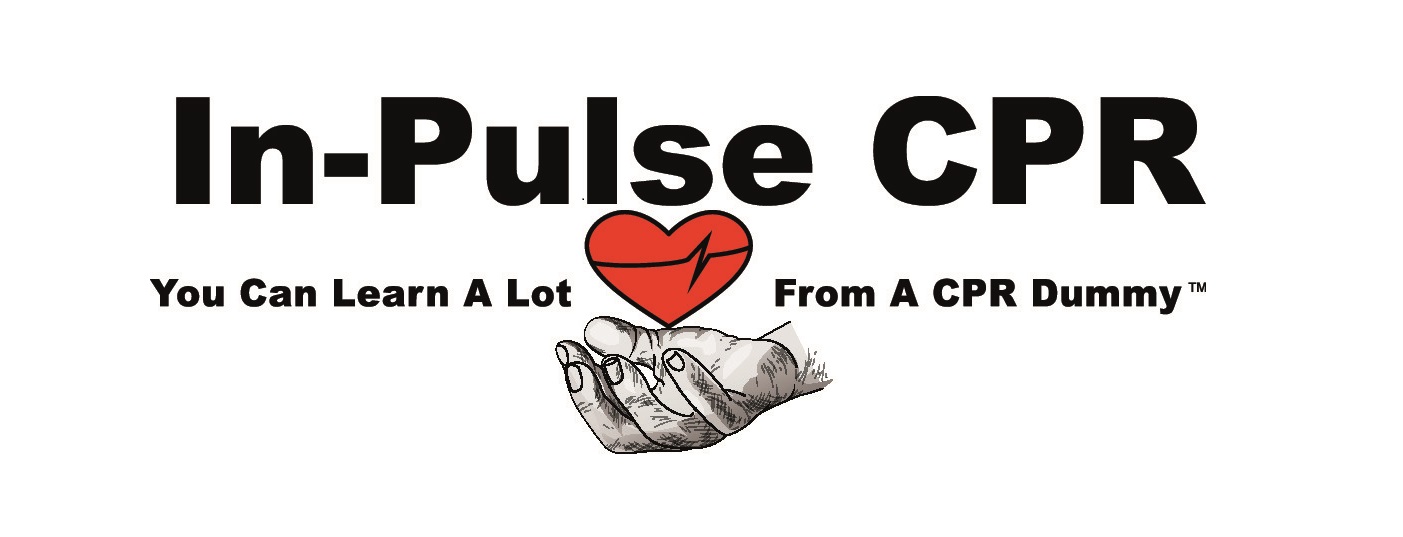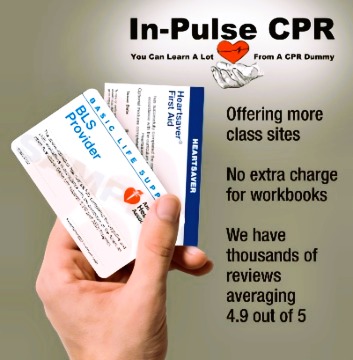The Ever-Changing Science of Healthcare
Written by Melanie Pinette
Healthcare is a broad ever-changing science that will forever surprise us with new and improved life-saving procedures, devices, and medicines. We all wish to one day find the ‘Fountain of Youth’, but in reality, it’s the brilliant individuals in the health and science fields that are always hard at work to find the latest and greatest measures to prolong the human life. Think back to just over 50 yrs ago… Polio was one of the most fear diseases of all times, Malaria killed more than 800,000 people (mostly children) every year, and laser eye surgery wasn’t even a futuristic endeavor yet. Today, we are not only at the brink of being able to detect early signs of Alzheimer’s Disease (which used to only be found after death), but are feverishly working on cures for Cancer, and finding ways to turn stem cells into fresh, healthy heart cells, liver cells, brain cells…etc.
So when it comes to CPR, we have to expect changes to transpire as healthcare finds new breakthroughs around every corner. As I’m sure most of you have heard, the American Heart Association (AHA) and Emergency Cardiovascular Care (ECC) has recently released a new order for CPR. For over 40 years, CPR has emphasized the ‘A-B-C’ order in which people were instructed to open the victims airway, breath into the victims mouth with nose pinched, and then give chest compressions. For multiple reasons, the order has now changed from A-B-C (airway-breathing-compressions) to C-A-B (compressions-airway-breathing). The previous approach was causing significant delays in starting chest compressions which are extremely important in keeping oxygen-rich blood circulating throughout the body. All victims in cardiac arrest need chest compressions immediately. In the first few minutes of an arrest, the victim will have enough oxygen remaining in their lungs and bloodstream to supply the heart and brain with, as long as compressions are not prolonged. Research has shown that rescuers who started CPR with opening the airway took 30 seconds longer to begin chest compressions. Those few seconds can mean the difference between life and death.
Over 350,000 Americans suffer from cardiac related issues every year. Sudden cardiac arrests claim hundreds of thousands of those lives, which breaks down to less than 5% survive. Although CPR is being taught, many people have neglected to perform it due to sanitary reasons. When they see a complete stranger collapse, most people don’t want to start mouth to mouth. With the new changes, Hands-Only CPR is much simpler and less intimidating: Call 911 and push hard and fast on the center of the chest until professional help or an AED arrives. We can all make a difference in someones life, and I’m sure if your loved one needed immediate medical attention, you wouldn’t want people to turn away. Science Daily published recent studies that showed while the percentage of bystanders administering CPR increased only slightly over the past four years, of those that did choose to help, 77 percent opted for chest compressions without mouth-to-mouth breathing instead of standard CPR. Before, that number was only 16 percent.. Those numbers are staggering. If we can get the word out, and get people educated on the correct ways to perform CPR, the survival rates will remarkably improve!




